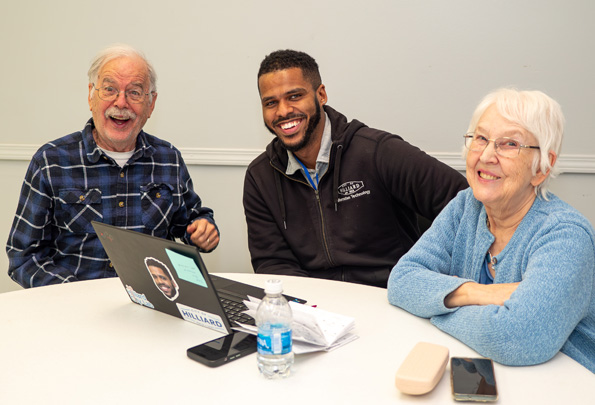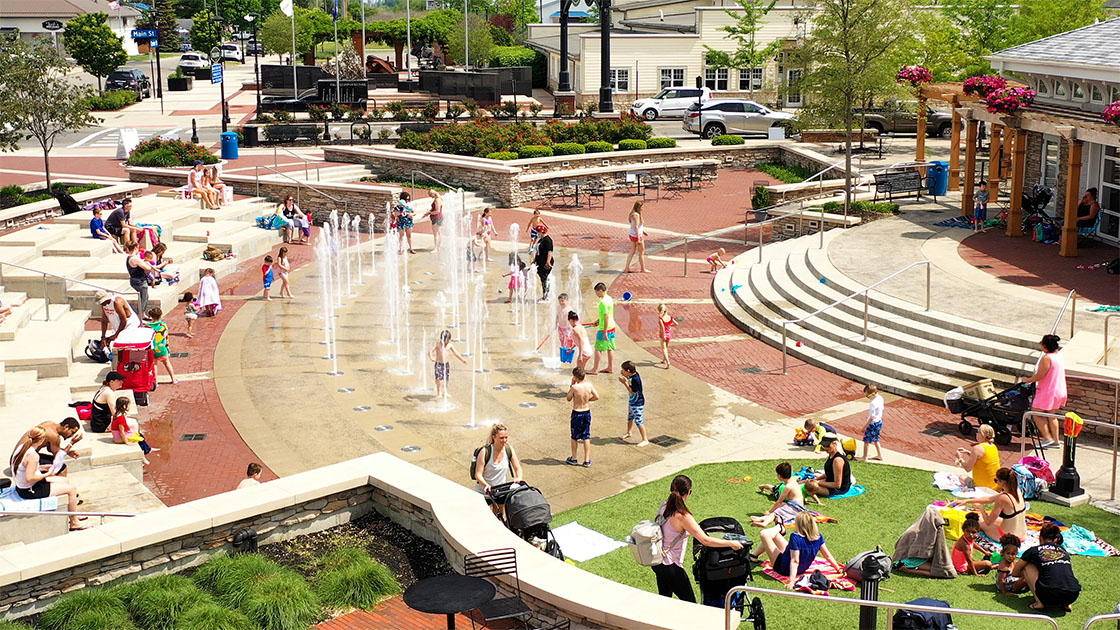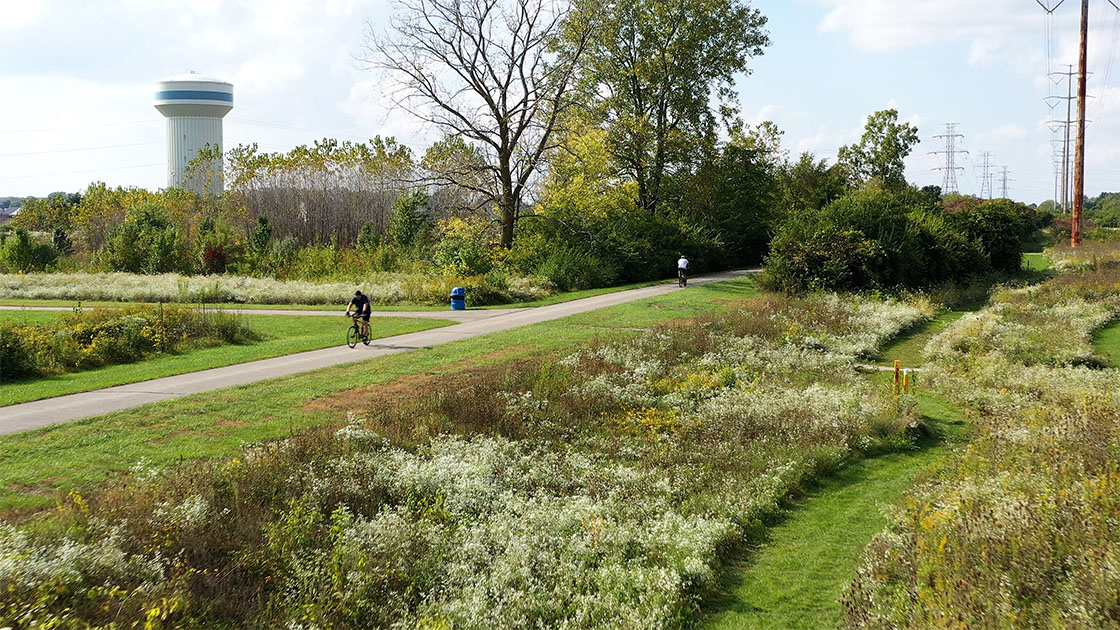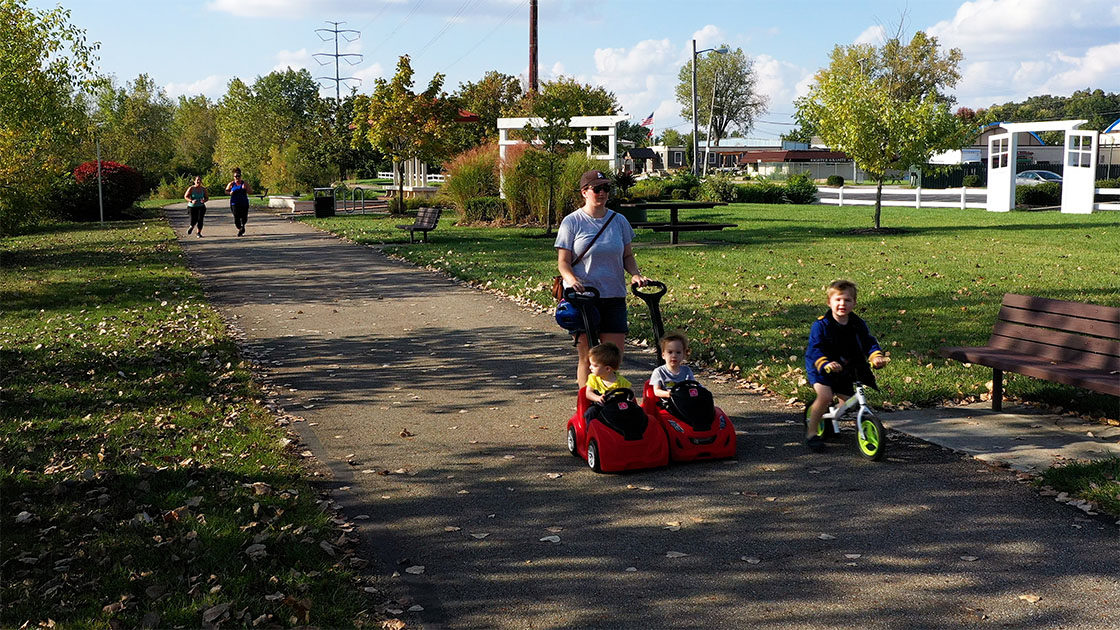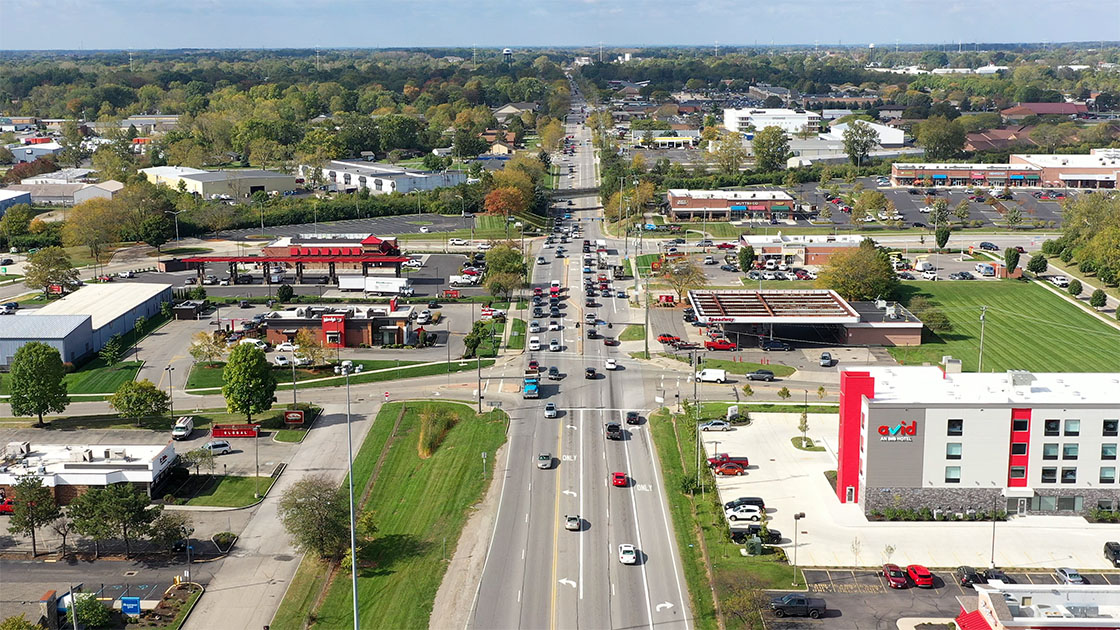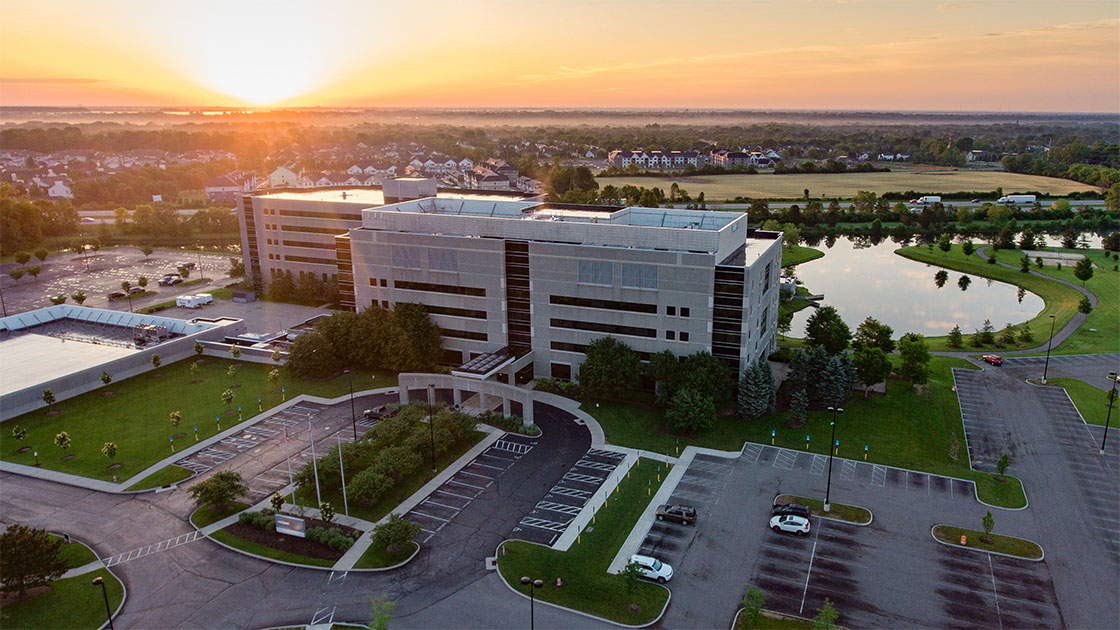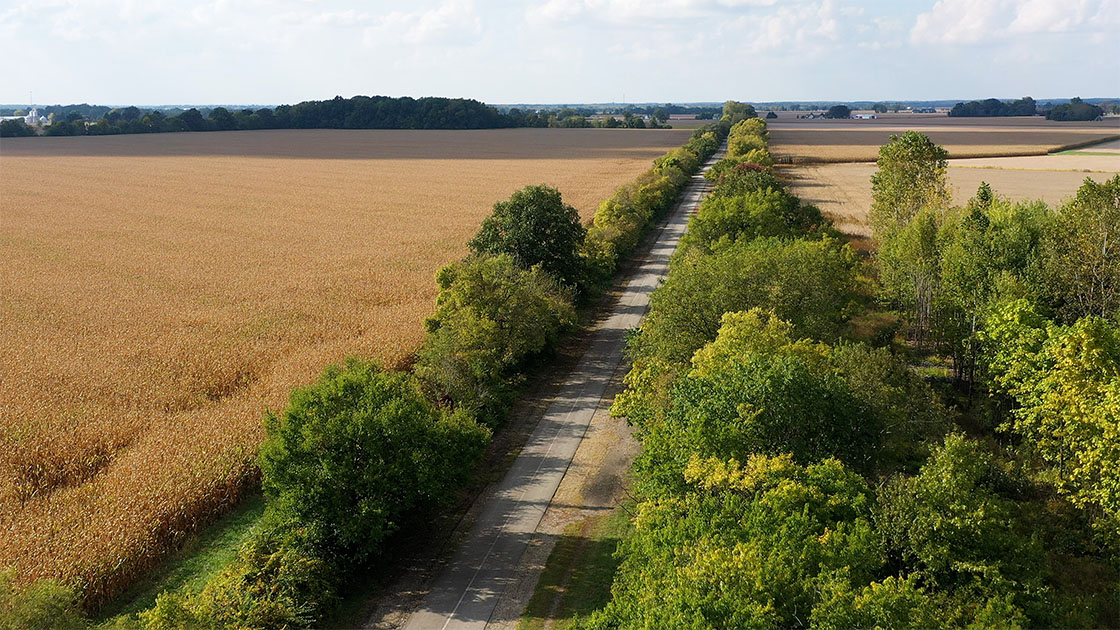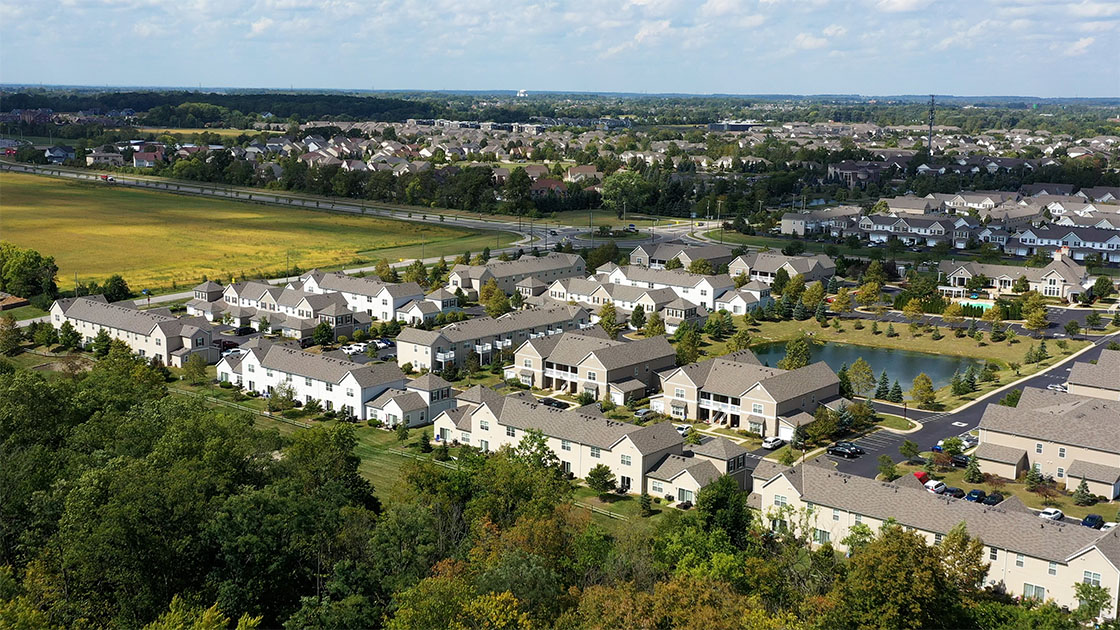Mixed-use development projects (a building or a larger development area) include more than one use. They typically include some combination of office, medical, retail, industrial, housing and recreation/open space. This type of development also focuses on being pedestrian and bicycle friendly.
The City’s 2023 Community Plan includes a higher percentage of commercial (office/medical/industrial) and a smaller percentage of housing (single or multi-family) than the 2011 plan. This is to ensure that the commercial components that produce income tax are in place at a level to more than support the other uses within the development. Restaurants and other forms of retail or entertainment also are emphasized as part of the overall mix of uses to ensure the vibrancy of the area and to bring a wider variety of amenities to our residents.
Mixed-use communities help draw young professionals to our community, which helps attract and retain the kinds of quality employers Hilliard finds attractive. The income tax these employers generate pay for City services and quality of life amenities our residents expect and deserve. Mixed-use communities also are attractive to “empty nesters” and older adults, who want to continue living in Hilliard but may not want the responsibilities of owning large, single-family houses.
Having a mix of uses, including residential, within the same area or neighborhood is critical to attracting additional dining options to Hilliard. For example, Truepointe, a new mixed-use development along Trueman Boulevard, will include several new restaurants not seen anywhere else in Central Ohio.




